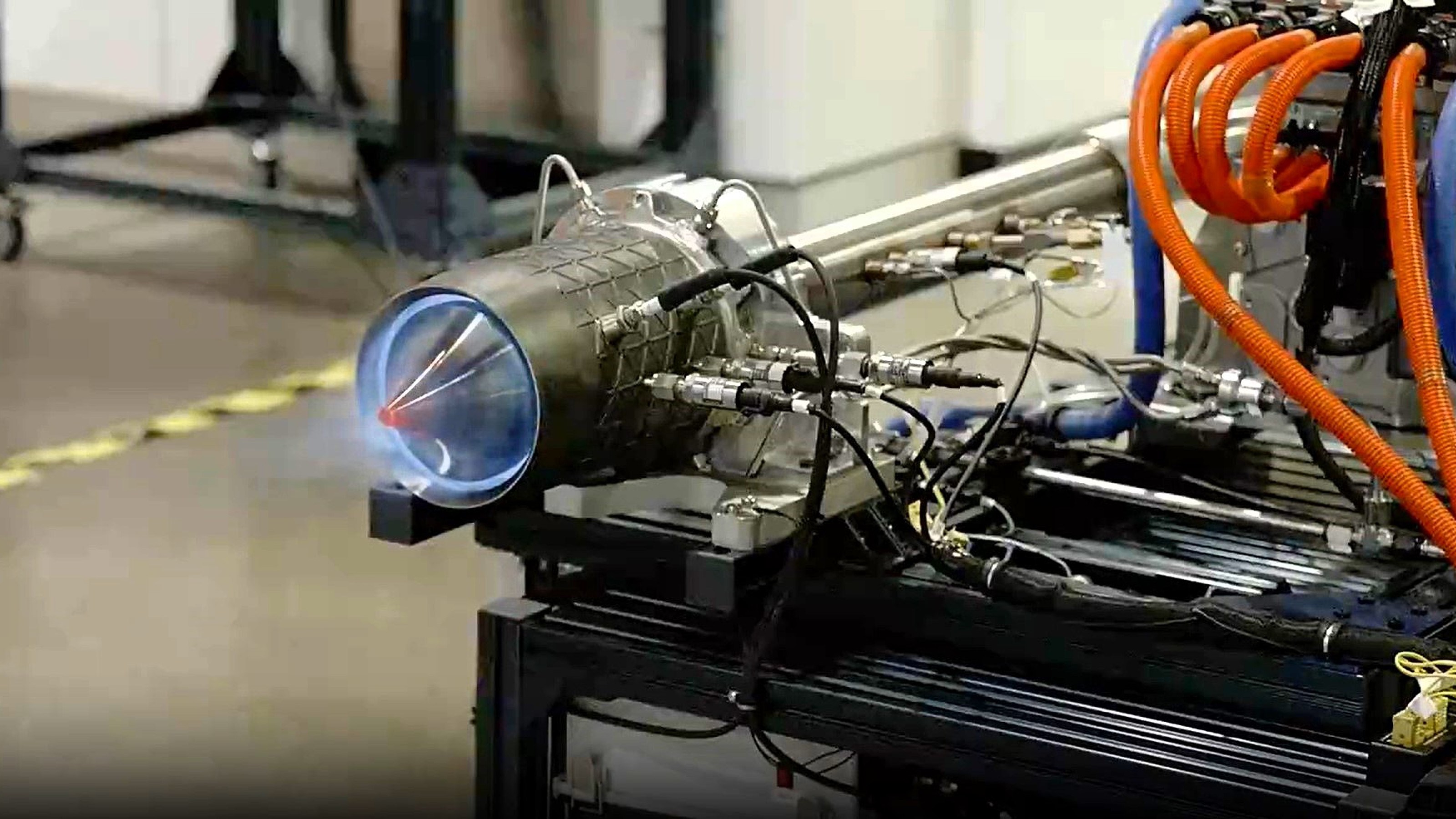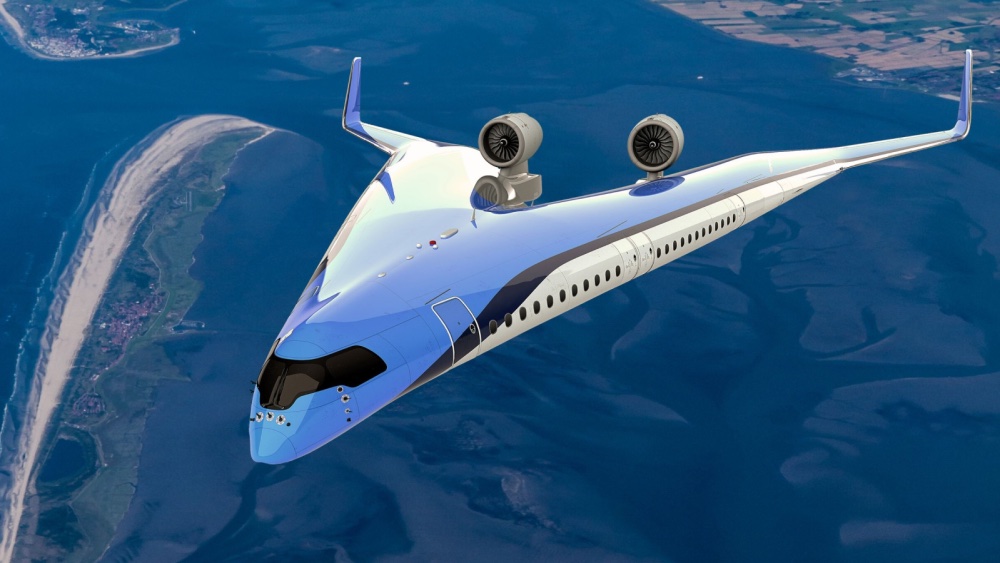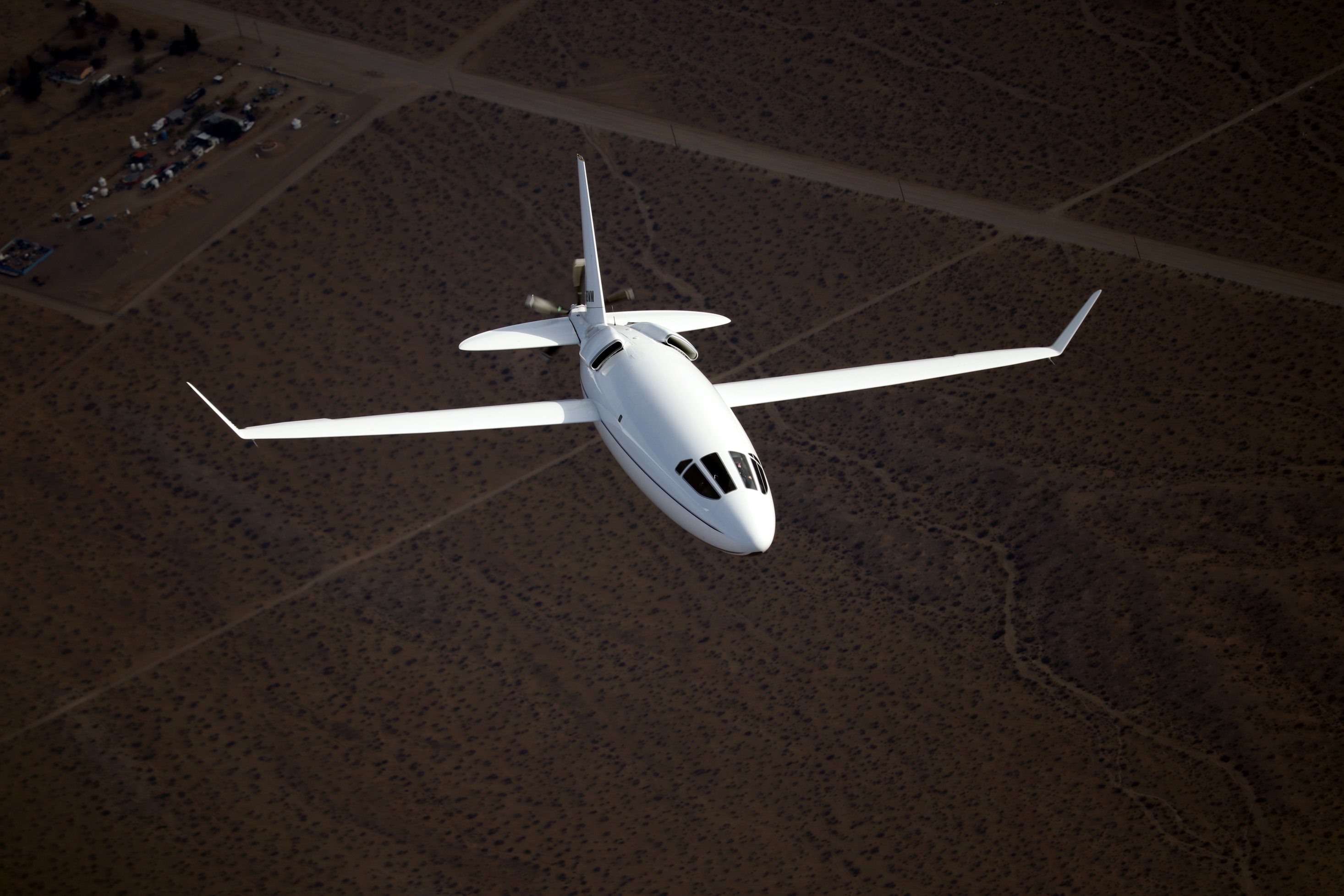The Return of Supersonic Flight?

What’s the Latest Development?
Researchers at MIT and the Japanese University Tohoku are working to rehabilitate supersonic flight, an event not seen since the Concorde was laid to rest in 2003. The new designs attempt to solve problems that contributed to the Concorde’s retirement such as excessive noise, excessive fuel consumption and excessive ticket prices. A bi-plane designed by MIT, in which two sets of wings are stacked on top of one another, would cause the shockwaves of one set to cancel out the others’. The design would eliminate the loud sonic boom which limited supersonic flights to trans-oceanic trajectories.
What’s the Big Idea?
If supersonic flight is to make a comeback, it will need to consume less fuel, both for environmental reasons and to make ticket prices affordable. That means making a more aerodynamic craft to reduce drag. Engineers are working to make the surface of the craft as smooth as possible, perhaps by using ceramic tile, and experimenting with wing shapes. The MIT team has found a wing shape that could fly at supersonic speeds with half the drag of the Concorde, decreasing fuel consumption and therefore ticket prices. But engineers estimate another 15 years is necessary to make a commercially-viable craft.
Photo credit: MIT News





